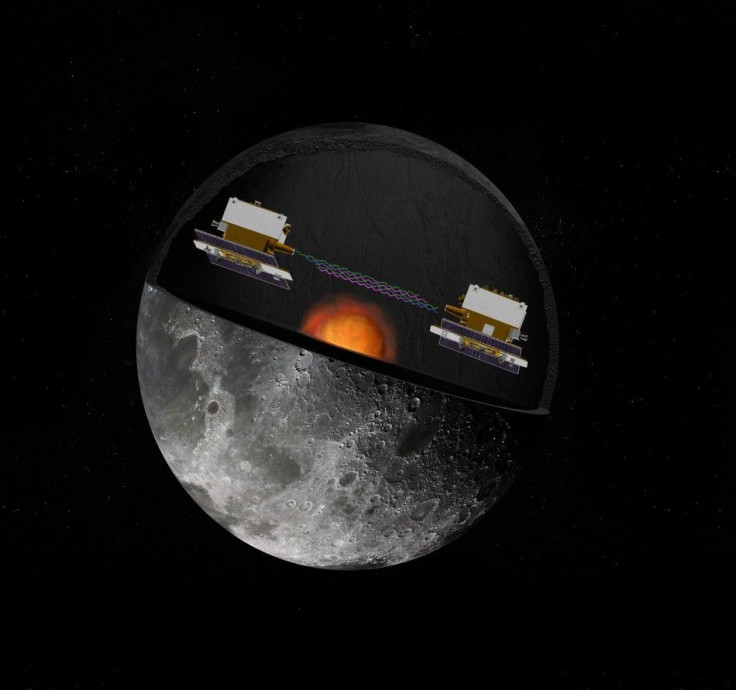NASA to Launch Moon-Bound Spacecraft Thursday Pending Weather

NASA is planning to launch a set of twin spacecraft on Thursday that will be bound for the moon, unless bad weather interferes.
The launch is for the Gravity Recovery and Interior Laboratory (GRAIL) mission, which is part of NASA's Discovery Program.
GRAIL launch weather officer Joel Tumbiolo of the Air Force's 45th Weather Squadron spoke with reporters at a prelaunch conference on Tuesday and talked about the possibility of bad weather temporarily interrupting the mission.
We're going to be sandwiched in between probably two areas of thunderstorms, Tumbiolo said, MSNBC.com reported. Right now, the forecast for the beginning of the launch window is a 60 percent chance of violation.
The launch window will open Thursday morning and extend through Oct. 19, MSNBC.com reported.
The GRAIL spacecraft will be attached to a Delta II rocket, according to NASA.
It will fly in tandem orbits around the moon to measure the moon's gravity field in unprecedented detail, according to NASA's Web site. NASA scientists are hoping to gain more information about the moon and get a better understanding of how Earth and other rocky planets in the solar system formed. Science investigations will include mapping the structure of the moon's crust and lithosphere, among other things.
As NASA moves forward with exploration endeavors, our lunar science missions will be the light buoy leading the path for future human activities, director of the Planetary Division of the Science Mission Directorate in Washington Jim Green said on the GRAIL mission project's home page.
© Copyright IBTimes 2024. All rights reserved.





















